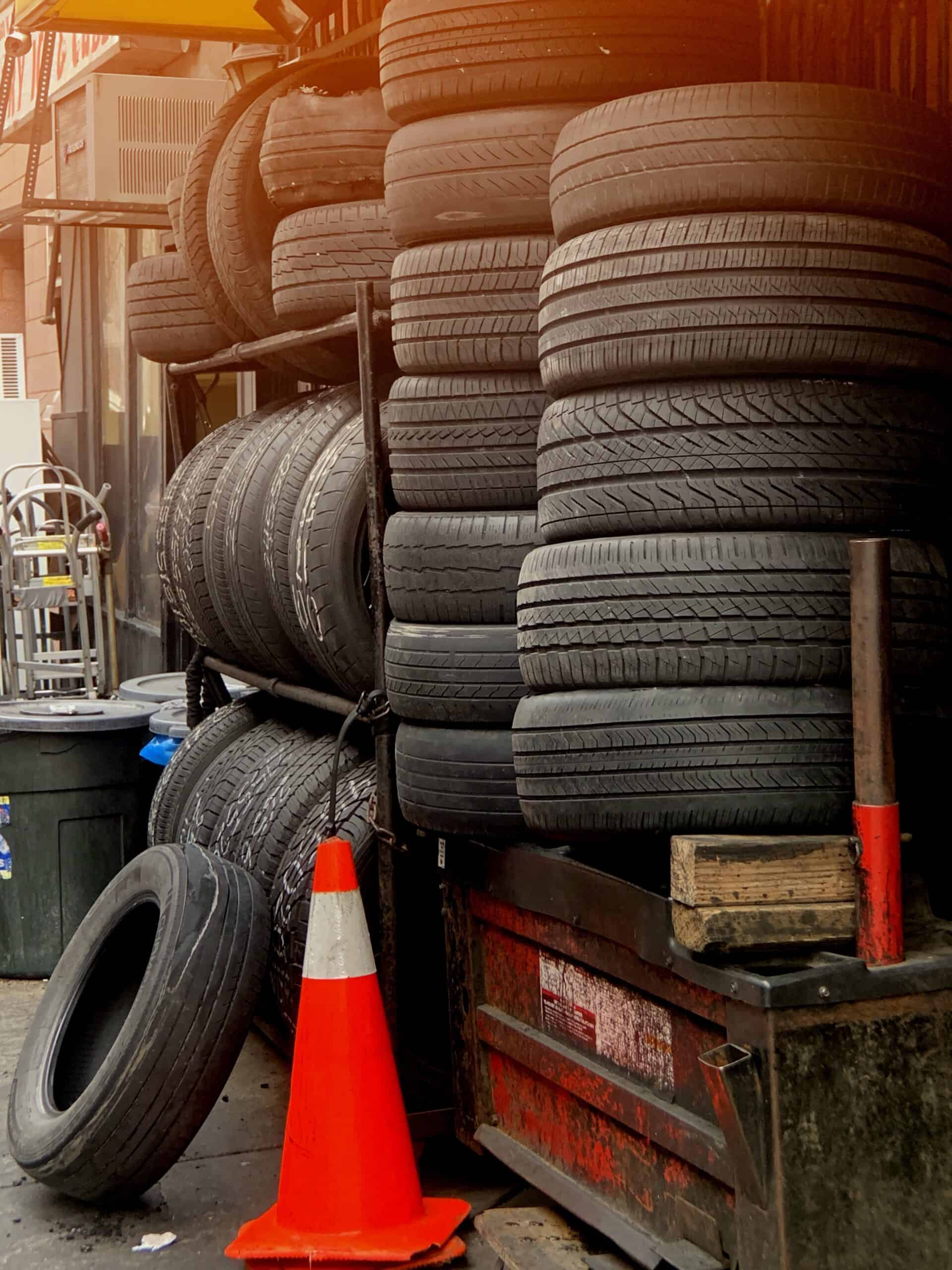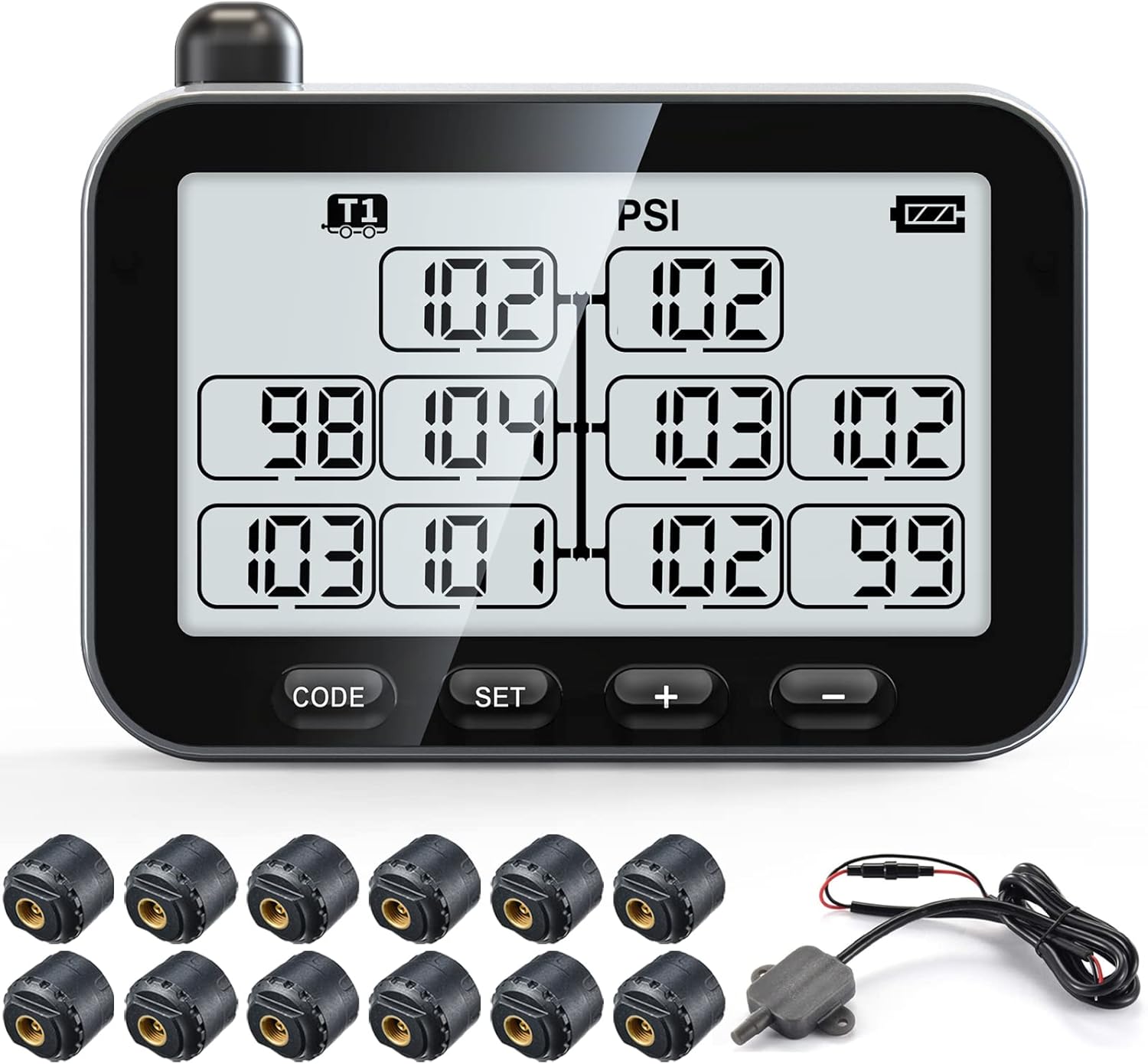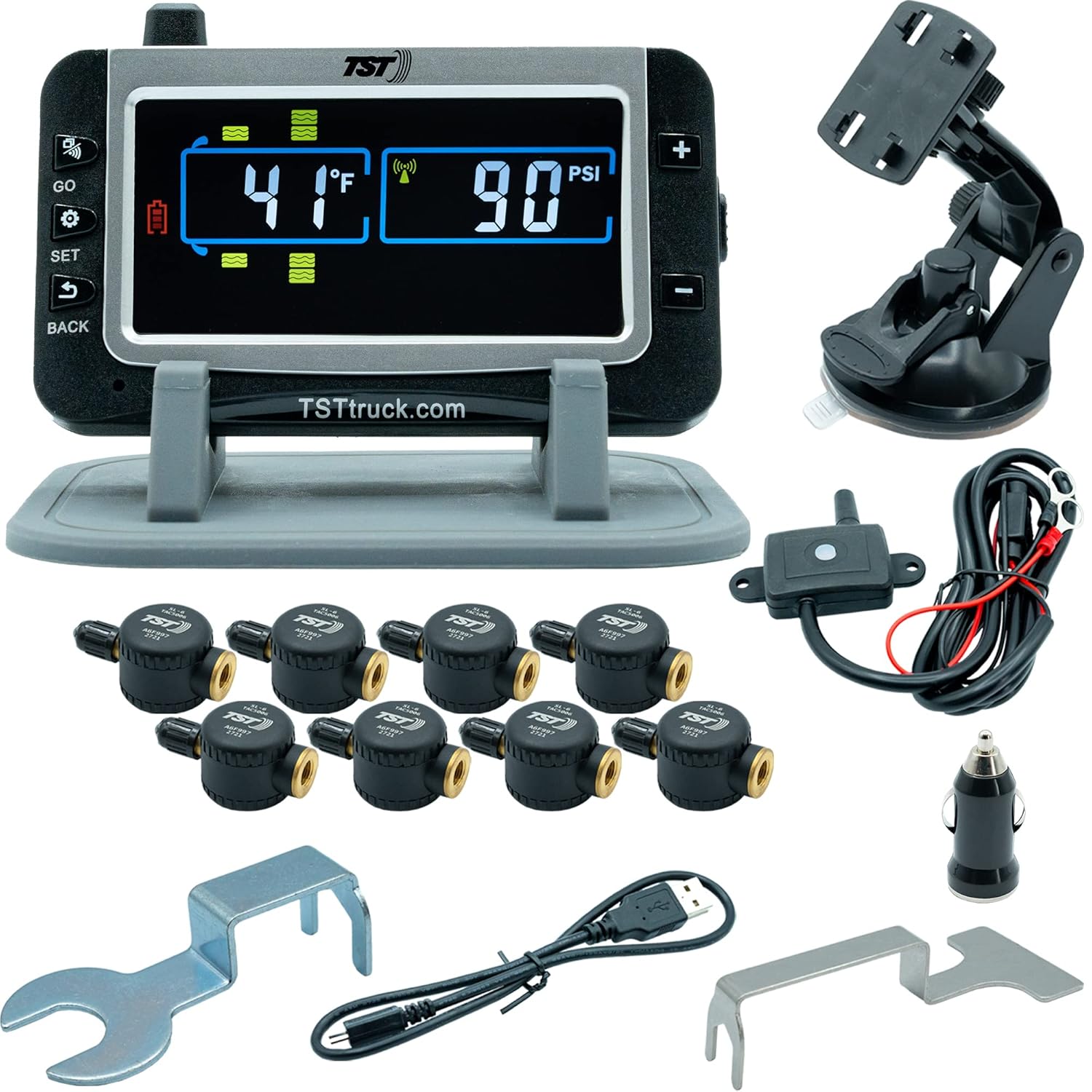When you hear the phrase vehicle maintenance, you probably immediately think of expensive and inconvenient trips to the local maintenance center, where you can spend an hour or more waiting for your truck to be serviced. However, there are quick and inexpensive things you can do on your own to keep your vehicle running smoothly.
Maintaining the correct tire pressure is one of the least expensive ways to ensure your safety on the road. In this article, we’ll cover the importance of air pressure, how it affects your truck’s performance, and how to check the air pressure in tires.
Why Should You Check Your Tires Air Pressure?
There are a few reasons you should check tire pressure regularly, such as increasing their life span, optimizing fuel costs, and overall safety. The vehicle’s response to steering and handling is directly related to its tire pressure.
When tire pressure is low, your braking distance is lengthened, which can lead to serious injuries and damage. That is especially true during summer when low tire pressure will cause the tire’s sidewalls to flex and generate heat.
Combined with high outside temperatures, that can lead to a complete loss of tread segments and blowouts. Also, gas mileage decreases as tire air pressure gets lower. With gas prices rising, you want to get the most out of every drop in the tank.
Modern-day tires have been designed to withstand the pressure overinflated tires cause. But, that doesn’t mean they can’t lead to problems also. If the tires are consistently overinflated, the vehicle’s response to steering will be slower as time passes.
The tires will wear the center of the tread out quickly, requiring a replacement much sooner than expected. Keeping the tires properly inflated saves money on gas and tires and reduces the chances of a road accident.
What Do You Need To Check Air Pressure in Tires?
Some believe they can just look at a tire and know when it’s properly inflated, which is easy to do when the tire’s completely deflated. If the tire isn’t flat, you’ll need a quality tire pressure gauge to determine whether it needs air.
You can choose a digital, pencil, or dial gauge. Typically, the costs for a tire pressure gauge range from $5 to over $30. The more expensive ones are typically digital and they tend to come with extra features like voice control or an air release button.
While you may think that’s a bit excessive, the features are very useful. If you overinflate the tire, you can release air to bring it down to the correct pressure. Having a tire pressure gauge that speaks helps to increase accuracy.
The less expensive gauges will work well in moderate environments but often show inaccurate readings in extremely cold atmospheres. Before purchasing a tire pressure gauge, consider the weather conditions along your route, as it would likely benefit you to use a more expensive model.
How to Check Tire Air Pressure in 5 Steps
Now that you know the reason behind checking the air pressure of your tires, it’s time to explore how to check the air pressure in tires. Here is a step-by-step guide to ensure your wheels are ready for the road.
Step 1: Start With Cold Tires
Before checking the tire pressure, make sure the tires are not hot. You may even want to move the vehicle into the shade and let it cool down before you attempt to get the most accurate reading.
External temperatures can cause tire pressure readings to be inaccurate, as driving a vehicle heats up the tires. When the tire is hot, the pressure reading will be higher, giving you an unreliable result.
Step 2: Check the Manufacturer’s Recommended PSI
The unit of measure for tire pressure is PSI, or pounds per square inch. The next step is to find the manufacturer’s recommended PSI, so you know exactly how much air to put in the tire.
You can find that information in the vehicle’s owner’s manual or check the vehicle’s door as it should be written there. Each manufacturer provides the PSI that will extend the life of the tires and give your particular vehicle model the best gas mileage and handling.
The front and rear tire pressure may differ. As a result, you may want to write down the information before moving on to the next step.
Step 3: Check Tire Pressure With a Gauge
No matter which type of gauge you use to check the tire pressure, the procedure is the same. The only thing that changes is how you read the results, which will be on a digital screen, by dial, or with the measurement indicator bar used for pencil gauges.
Simply remove the dust caps and firmly press the gauge’s tip onto the tire’s valve. You shouldn’t hear the hissing of tire air escaping, but if you do, push the gauge down harder until it stops, at which point you’ll receive a reading. Jot down the results and move on to the final step.
Step 4: Fill Tires To the Recommended PSI
An air compressor inflates the tires in need of air. If you have your own, thoroughly review the directions before you begin using it. Place the end of the air compressor’s hose onto the tire’s valve, and fill the tire to the recommended PSI.
For those driving to gas stations, your tires will likely be hot once you get there, so you may need to adjust the inflation pressure. Set it to four PSI above the recommended result you received when the tire was cold. Use the gauge to recheck the pressure once the tires are cold.
Step 5: Check Air Pressure Monthly
Follow the above steps once a month to ensure optimal performance from your vehicle. You don’t want to let the PSI fall below the recommended levels and negatively affect your driving experience.
Give In To the Pressure
Checking your vehicle’s tire pressure is practically hassle-free, and the process is not long. You can check the tires and fill them to the proper PSI levels all in under 30 minutes.
However, that’s only if you have to drive to a gas station for air. Taking a moment out of the day to check tire pressure is worth the time and money you’ll save.
FAQ
Check the vehicle’s owner’s manual for the recommended PSI and use a tire pressure gauge to determine if the tire is properly inflated.
While you can technically drive the vehicle with low tire pressure, it’s not recommended as it can cause several unnecessary safety risks.
If there is an air compressor, it will likely have a tire pressure gauge attached, but they have been known to be inaccurate.



